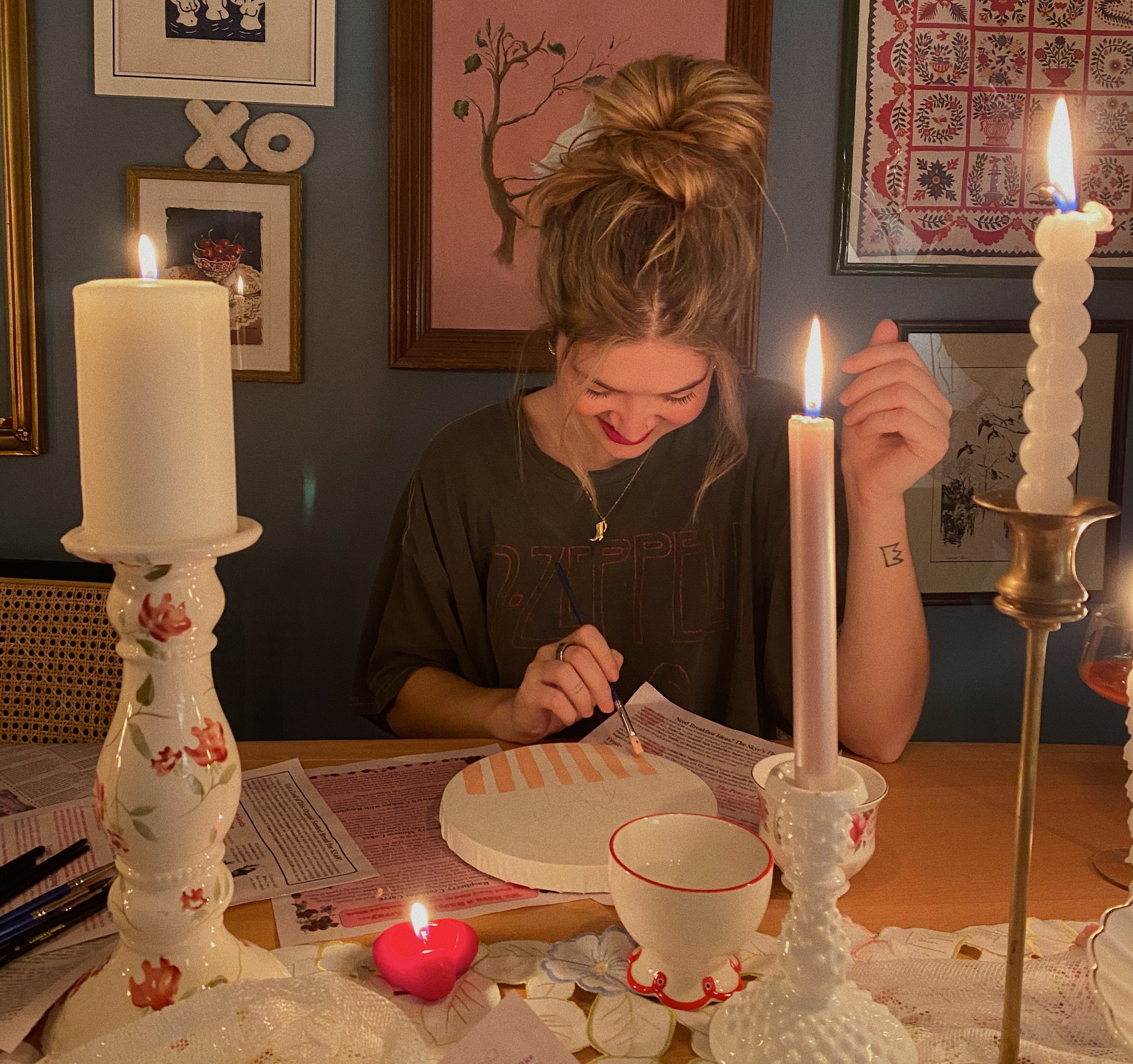You’ve probably heard the phrase “Just look on the bright side!” more times than you can count. It’s a well-meaning sentiment, but when it crosses into dismissing real feelings, it becomes what’s known as toxic positivity. Let’s dive into what toxic positivity is, why it’s harmful, and most importantly, how you can counteract it to foster healthier emotional interactions.
What is Toxic Positivity?
Toxic positivity is the overgeneralization of a happy, optimistic state that results in the denial, minimization, and invalidation of the authentic human emotional experience. It’s like painting every situation with a “positive” brush, even when the picture calls for some darker shades to truly reflect what’s happening. This approach can lead to feelings of isolation and frustration because it pressures individuals to mask their true feelings, which is the opposite of genuine wellbeing.
The Impact of Dismissing Negative Emotions
Ignoring negative emotions only compounds them. When you’re told to “get over” your sadness or stress, these feelings don’t disappear—they fester, often growing heavier and more burdensome. This can lead to increased anxiety, depression, and even physical health problems. Authentic positivity, on the other hand, acknowledges that life is a mix of ups and downs, and recognizes the value of experiencing and expressing all emotions.
Why Balancing Emotions Matters
Emotional balance is not about having a 50/50 split between happiness and sadness; it’s about giving each emotion its due attention. By acknowledging our feelings, we process and move through them, rather than getting stuck. This balance is crucial for mental health and wellbeing, as it allows us to recover from setbacks and approach life’s challenges with a clearer, more realistic perspective.
The Benefits of Emotional Authenticity
Being emotionally authentic can enhance your relationships by fostering deeper connections through vulnerability and honesty. It also strengthens your self-awareness, making it easier to understand what you really need to thrive. When you’re true to your emotional state, you navigate life’s complexities with greater ease and less inner conflict.
Recognizing Toxic Positivity in Daily Life
Common Phrases and Attitudes
Ever heard someone say, “It could be worse!” when you shared something upsetting? This is a classic example of toxic positivity. Such phrases, despite good intentions, can feel dismissive and alienating. They’re often used as conversation stoppers, leaving the speaker feeling unheard and unsupported.
Where Toxic Positivity Shows Up
From the workplace to personal relationships, and especially on social media, toxic positivity can be pervasive. It often appears in environments where there’s a push to maintain a happy facade, which can stifle genuine human connection and communication.
Practical Steps to Counteract Toxic Positivity
Cultivating Personal Emotional Awareness
Recognizing your own emotional states and accepting them without judgment is the first step in combating toxic positivity. Techniques like mindfulness meditation or keeping an emotion journal can help you become more attuned to what you’re really feeling, rather than what you think you should feel.
Communicating Authentically
When you talk about your feelings, aim for clarity and honesty. This doesn’t mean dumping your emotional baggage onto others, but rather expressing yourself in a way that’s true to your experience. Active listening is crucial here; it involves truly hearing and validating others’ feelings without rushing to cover them up with positivity.
Setting Boundaries Against Toxic Positivity
Creating healthy emotional spaces often starts with setting boundaries. If someone consistently responds to your genuine feelings with clichés or dismissiveness, it’s okay to express your need for a different kind of support. You might say something like, “I appreciate your optimism, but right now I just need to be heard and understood, not cheered up.” By setting these boundaries, you encourage a more authentic and supportive dialogue.
Creating Healthier Emotional Environments
Fostering Genuine Emotional Expression
To create an environment that nurtures genuine emotional expression, start by modeling that behavior yourself. Show that it’s okay to feel sad, frustrated, or disappointed sometimes. This can help others feel safe to share their true feelings, creating a culture of openness and emotional honesty.
The Power of Empathy and Validation
Empathy goes a long way in combatting toxic positivity. Instead of offering quick fixes or silver linings, try responding with statements like, “That sounds really tough. I’m here for you.” This kind of response validates the other person’s feelings and can lead to deeper, more meaningful interactions. Encouraging empathy and validation can transform relationships and build stronger, more connected communities.
The Role of Mindfulness and Self-Care
Mindfulness in Managing Emotions
Mindfulness can be a powerful tool in recognizing and managing your emotional states. It involves paying full attention to the present moment without judgment. Through mindfulness, you can observe your feelings as they are, which allows for a more authentic response to your own emotions and the emotions of others.
Self-Care for Emotional Wellbeing
Self-care is not just about bubble baths and chocolate cake (though those can be nice!). It’s about taking actions that preserve or improve your mental health. This might include setting aside time for relaxation, saying no when you’re overwhelmed, and engaging in activities that you genuinely enjoy. Prioritizing self-care helps maintain a balanced emotional state, which is crucial in a world where toxic positivity can often dictate how we should feel.
Recognizing and countering toxic positivity is essential for your emotional health and for fostering genuine connections with others. By understanding what toxic positivity looks like and learning how to embrace a full spectrum of emotions, you can create a more authentic life.
Remember, it’s okay not to be okay, and by embracing this truth, you can encourage others to share their true selves too. Let’s strive for an environment where all emotions can be expressed freely and with support.















